The cajuput forest of U Minh Ha

U Minh Ha Forest has suffered heavy destruction during the two Viet Nam Wars from 1945 to 1975, but it survived and continued to revive itself, even following forest fires after the wars.
The center of U Minh Ha National Park is Vo Doi, where strong protection is provided for rare and valuable species listed in the Vietnam Red Book. Some of them are snakes, pythons, turtles, deer, wild boars and red-legged otters.
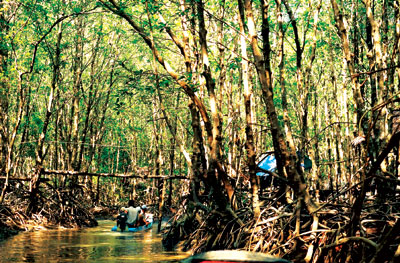
Local people have developed several tourist attractions. Mr Tran Trung Quoc’s model is very interesting. In early 2001, he started raising fish, eels, snakes, and turtles, all typical of U Minh Ha. Soon, monkeys and storks came to inhabit his land. He opened the place to tourists.
At first it was only a small tourist site with several mango trees, plum trees and a few tables where tourists could relax and have a cold drink or something to eat. Now it has become a true tourist destination, including a dozen huts, many fruit trees, well furnished rooms and good amenities. Here, tourists can fish, stroll under fruit-laden trees, listen to bird and enjoy the fragrance of cajuput trees.
Mr Le Van Qua attracts tourists with a different model. His land is large, covering 110 hectares. Tourists come here to see animals and flowers unique to the area, especially freshwater animals.
They can explore the forest on a paved road and enjoy different dishes such as snake, turtle and eel. When they need a rest they can stay in nice small huts.
Recognizing the tourism potential of U Minh Ha National Park, the local authorities are planning to expand tourist facilities while implementing more measures to protect the natural habitat.
At the same time, promotion of the park as an ideal destination for tourism has been intensified. It is hoped that U Minh Ha National Park will soon make itself widely known as a unique ecosystem of cajuput trees for tourists.
What the stars mean:
★ Poor ★ ★ Promising ★★★ Good ★★★★ Very good ★★★★★ Exceptional
Latest News
More News
- Ba Ria-Vung Tau strengthens regional links to bolster tourism (November 04, 2024 | 10:00)
- Vietnam attracts growing interest from global travellers (October 28, 2024 | 17:59)
- Vietjet receives latest aircraft from Airbus in France (October 08, 2024 | 18:02)
- Telling travel stories through movies (October 08, 2024 | 14:00)
- South Korean tourists lead Vietnam’s tourism revival (October 08, 2024 | 11:49)
- Vietnam a golden land for golf tourism (October 08, 2024 | 11:41)
- Con Dao leads the way in circular tourism (October 08, 2024 | 08:00)
- Nestlé and VNAT announce new cooperation initiative (October 02, 2024 | 15:43)
- Hanoi recognises new city-level tourist areas (September 27, 2024 | 20:25)
- Hue to host 2025 National Tourism Year (September 19, 2024 | 15:13)




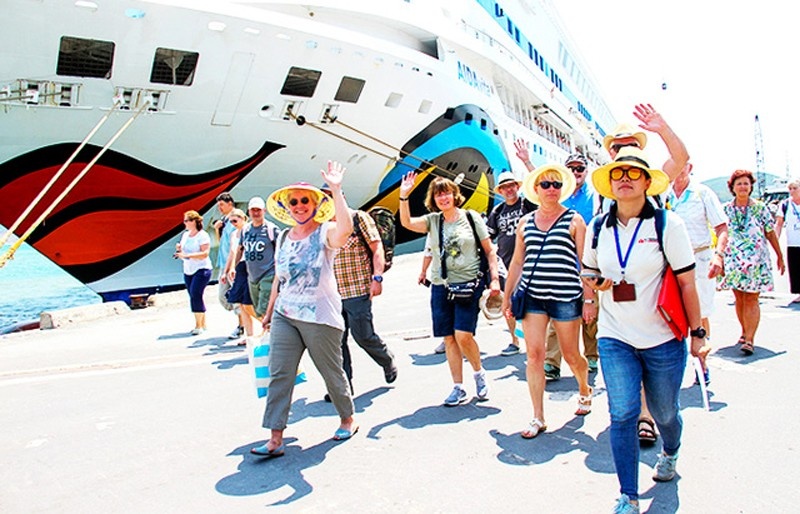


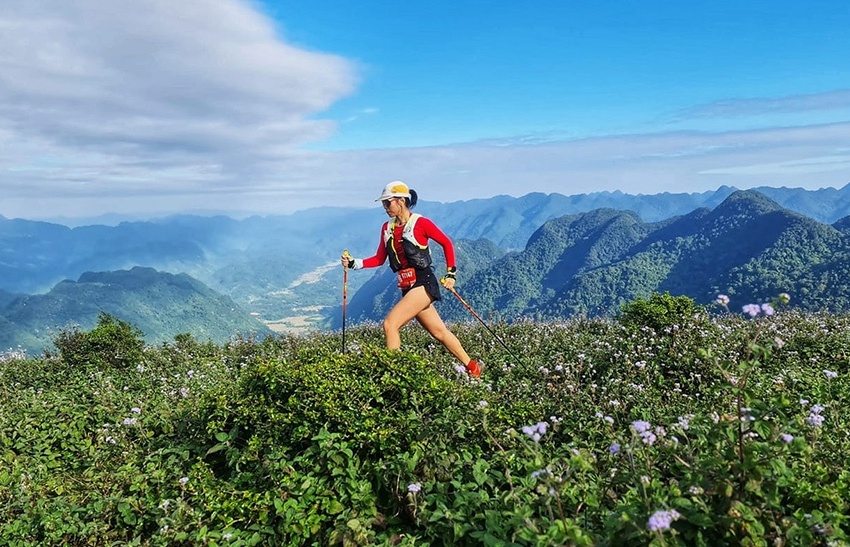
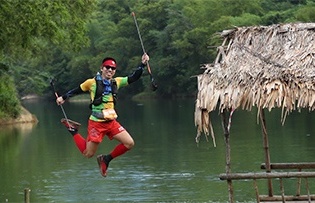
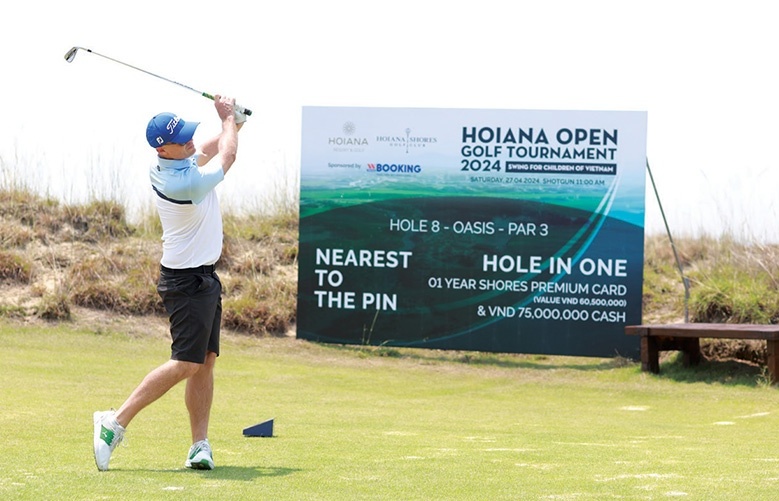










 Mobile Version
Mobile Version